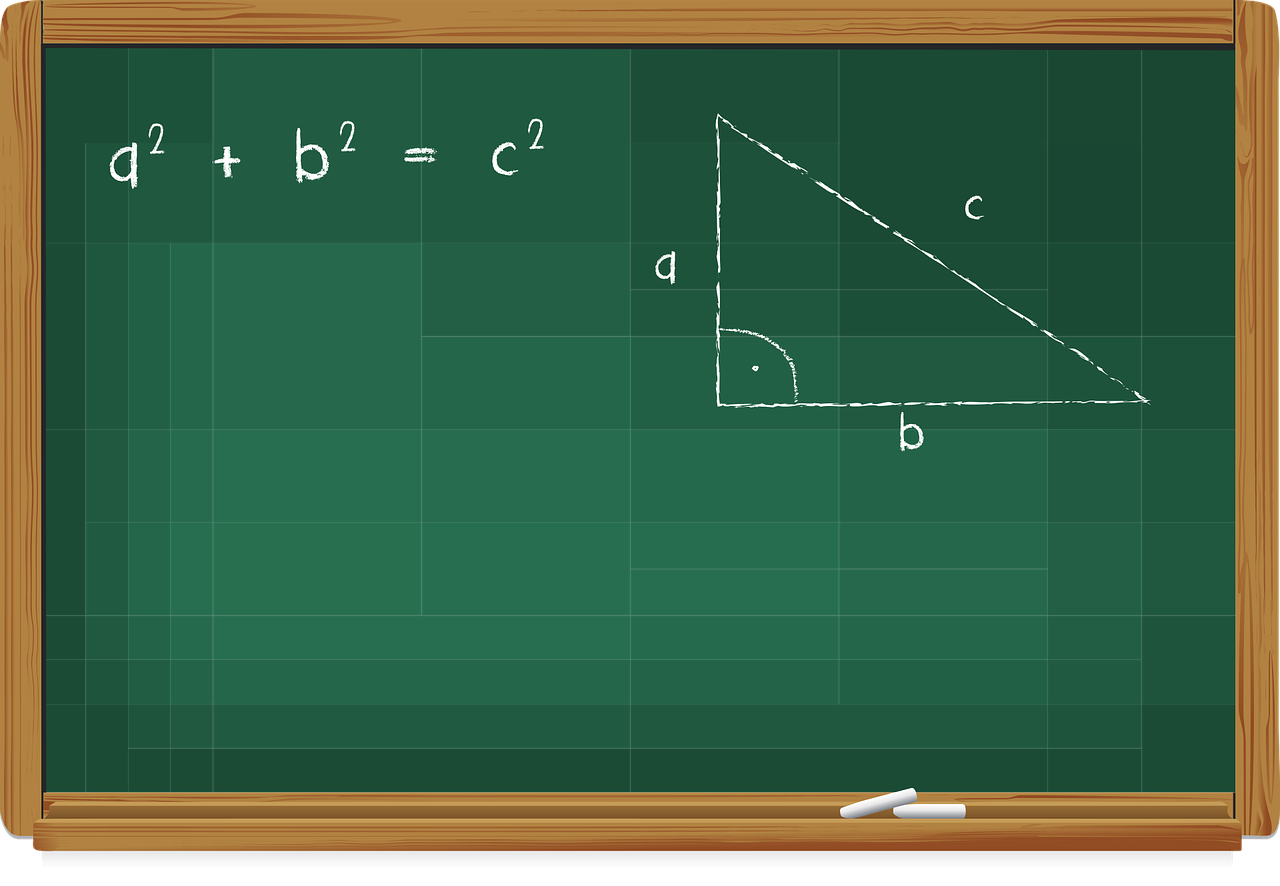


Complementary angles are a pair of angles that add up to 90 degrees. When two angles are complementary, they combine to form a right angle. The sum of the measures of the two angles is always 90 degrees.
Property 1: Complementary angles are always acute angles, meaning their measures are less than 90 degrees.
Property 2: The measures of complementary angles sum up to 90 degrees.
Property 3: If angle A is complementary to angle B, then angle B is also complementary to angle A.
Example 1: Angle A measures 30 degrees. What is its complementary angle?
Solution: The complementary angle to angle A is 90 - 30 = 60 degrees.
Example 2: Angle B measures 45 degrees. Find its complement.
Solution: The complement of angle B is 90 - 45 = 45 degrees.
To find the complement of an angle, subtract its measure from 90 degrees. The result will be the measure of its complementary angle.

Supplementary angles differ from complementary angles in that they add up to 180 degrees. While complementary angles form a right angle, supplementary angles create a straight line.
Real-life applications of complementary angles can be found in architecture, construction, and navigation. For example, carpenters use complementary angles to ensure precise miter cuts in woodworking.
Strategy 1: Identify the given angle and subtract it from 90 degrees to find the complement.
Strategy 2: Use the knowledge that the sum of complementary angles is always 90 degrees to solve problems involving unknown angles.
Mistake 1: Confusing complementary angles with supplementary angles.
Mistake 2: Forgetting that the sum of complementary angles is always 90 degrees.
| Angle 1 (degrees) | Angle 2 (degrees) |
|---|---|
| 30° | 60° |
| 45° | 45° |
| 50° | 40° |
| 20° | 70° |
This table shows examples of complimentary angle pairs, where the sum of the two angles in each row equals 90°.
Two angles cannot be both complementary and supplementary. Complementary angles add up to 90 degrees, while supplementary angles add up to 180 degrees. These are distinct relationships between angles.
No, two obtuse angles cannot be complementary. Complementary angles are always acute angles, meaning their measures are less than 90 degrees.
No, vertical angles are not always complementary. Vertical angles are formed by two intersecting lines and are equal in measure but not necessarily complementary.
A right angle measures 90 degrees. It is the angle formed when two lines intersect perpendicularly.
No, angles cannot have negative measures. Angles are typically measured in positive degrees. However, it is worth noting that angles can be measured in negative degrees in certain mathematical contexts, but this does not affect their status as complementary angles.



















































































































































